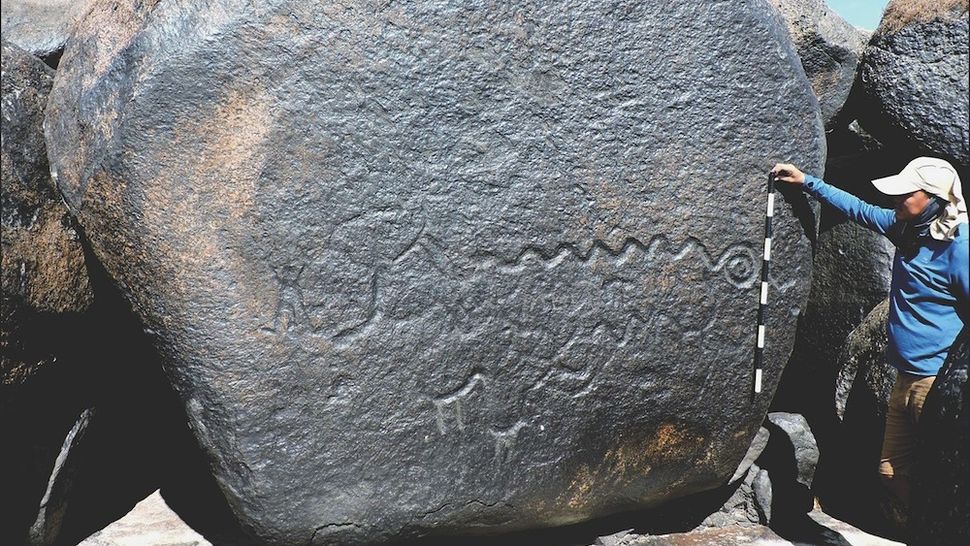2,000-year-old rock art, including nearly 140-foot-long snake, may mark ancient territories in Colombia, Venezuela [View all]
By Jennifer Nalewicki published yesterday
Archaeologists used cameras and drones to fully map 14 massive rock art sites scattered across Venezuela and Colombia.

r
The most common motifs found in the region include depictions of snakes. (Image credit: Philip Riris et al.; Antiquity Publications Ltd.; (CC-BY 4.0 Deed))
Archaeologists have fully mapped a series of ancient rock art in Venezuela and Colombia, including the world's largest monumental engraving, using photography and drone footage.
The masterpieces, which feature both human and animal motifs, are prominently located along the Upper and Middle Orinoco River, which snakes through this region of South America. Researchers think the placement was intentional and was meant to be seen from a distance, since it was along the path of an important trade and travel route known as Atures Rapids, according to a study published Tuesday (June 4) in the journal Antiquity.
"One interpretation is that there was some aspect of territoriality at play," lead author Philip Riris, a senior lecturer in archaeological and paleoenvironmental modeling at Bournemouth University in England, told Live Science. "It was a way of marking their territory and saying that this is our domain."
Researchers are unsure of who created the massive engravings, the largest of which stretches 138 feet (42 meters) long. However, they do know that some of the subject matter, including a focus on snakes like boa constrictors and anacondas, "played an important role in the myths and beliefs of the local indigenous population," according to a statement from Antiquity.
More:
https://www.livescience.com/archaeology/2000-year-old-rock-art-including-nearly-140-foot-long-snake-may-mark-ancient-territories-in-colombia-venezuela
